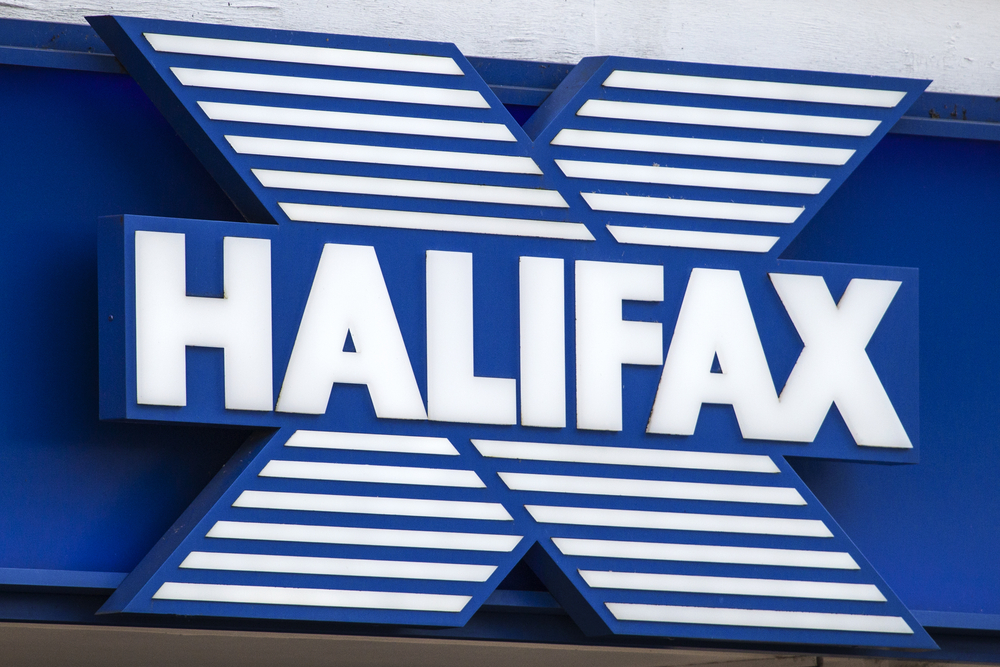
The economy has taken a body blow, the like of which has not been felt in any of our lifetimes. A 9.9% contraction in 2020 was more than twice the size of the previous largest downturn.
It has been a sharp correction by any standards and it came despite the government’s record breaking £200 billion spending stimulus.
Even though the furlough initiative meant the government was paying firms to keep people in employment, a staggering 750,000 people lost their jobs last year.
Thankfully, as a result of the surprisingly well-implemented vaccination program, we are now in an altogether better place and can finally see light at the end of the tunnel.
A route back to normality has been sketched out for us and, given the 26 million people – and rising -who have had inoculations, it stands a good chance of working.
If all goes to plan, most parts of the economy, including hospitality, will be back in business by the end of June. We may even be able to go on overseas holidays in the months which follow.
The forecasts seem to point that way. The gross domestic product of the United Kingdom is expected to grow by 4% in 2021, and by a further 7.3% in 2022. Furthermore, the most recent data shows the pace of economic growth is accelerating.
Credit problems
So how is this dramatic macro picture going to play out at the micro level, when consumers in volume return to spending and finance providers see surges in lending?
My first thought is there are going to be an awfully large number of people with up-to-now unblemished credit records who find themselves suddenly with patchy reports.
Credit Bureau UK is already putting specific markers and codes on the files of individuals who have called on support measures during the crisis, such as mortgage payment holidays.
If we are not careful lenders may be inadvertently unfair to a great number of individuals who apply for finance in the coming months and years.
Those involved in lending are going to have to be careful to ensure the quality of their decisioning does not suffer. The more traditional scorecard systems are not designed to adjust to what we have been through.
Open Banking
Thankfully, the Open Banking revolution has supplied finance providers with the right tools at the right time. Its introduction has allowed the development of auto-decisioning platforms which can obtain 100% accurate assessments directly from an applicant’s current account.
They can mine historic patterns and run complex algorithms on the data to come up with a decision that is better able to account for any ups and downs the applicant may have experienced.
The changes that we have seen to the economy have been complex, some industries have gone from hero to zero in the space of a few weeks and those working in them have seen their earnings nosedive.
If those industries bounce back, as many will, this deterioration to personal credit histories will have been temporary. Something which can be reflected in the decisioning.
There are likely, however, to be industries that do not bounce back to their former size. For individuals used to working in these, any temporary fall in earnings is more likely to be a longer running problem (before they hopefully transition to new sectors of employment).
We now have the sophisticated systems in place to handle this complexity. Rather than having to rely just on an historic credit file, a lender can view applicants in a more holistic manner. Your credit file may say ‘no’, but let’s see if Open Banking helps.
Influx of business
Alongside this need for a different response to the changed circumstances of many millions of borrowers, lenders will need to brace for what I predict will be a huge pipeline of business, once the restrictions on spending are lifted.
While many have seen their finances deteriorate over the past year, many more who are still in employment have seen them improve. No spending on commuting, holidays, home improvements, socialising, etc, has meant millions have saved and/or paid down debt.
They will be itching to get out and spend at the end of June when the restrictions are lifted on non-essential retail and hospitality.
Lenders will need to ensure they have the scalability to handle significantly higher volumes of applications while ensuring that their decisioning remains profitable.
Again, Open Banking platforms come to the rescue. Automated decisioning is the ultimate in scalability given that it has the potential to automatically handle thousands of applications per minute.
Competition
Which brings me to my final prediction for the new lending environment: the coming surge in spending has not gone unnoticed by those looking to launch new digital lenders. There are a number of parties in the background getting their ducks in a row so that they can launch new businesses when the time is right.
This is likely to lead to intense product and rate competition as more borrowers come to appreciate the benefits of digitally shopping around for the best deal.
David Wylie is commercial director of LendingMetrics



